Maruti Swift Turns 20: The Hatchback That Changed India’s Drive
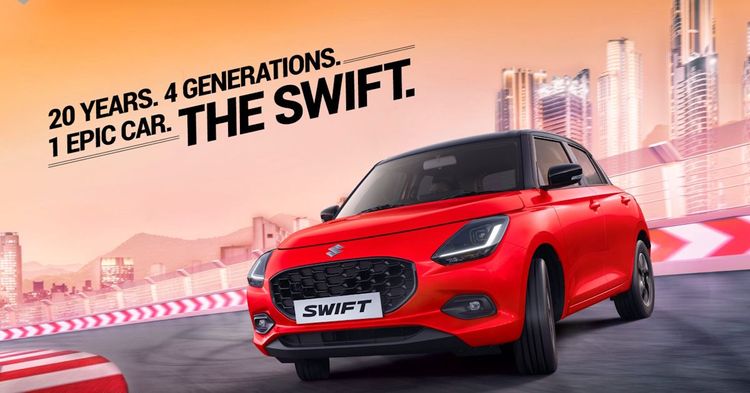

In May 2005, when Maruti Suzuki introduced the Swift to Indian roads, it did more than launch a new car. It sparked a shift in what a hatchback could represent. Until then, the segment was defined by boxy, no-frills models built purely for function. The Swift disrupted that rhythm. It brought with it a sense of design flair, driving fun, and a hint of aspiration - qualities that weren’t often associated with compact cars at the time.
Stylish yet practical, dynamic yet dependable, the Swift introduced a new language of mobility for India’s young, urban car buyers. Its arrival effectively created the “premium hatchback” segment in India, appealing to those who wanted a car that felt modern without needing to break the bank.
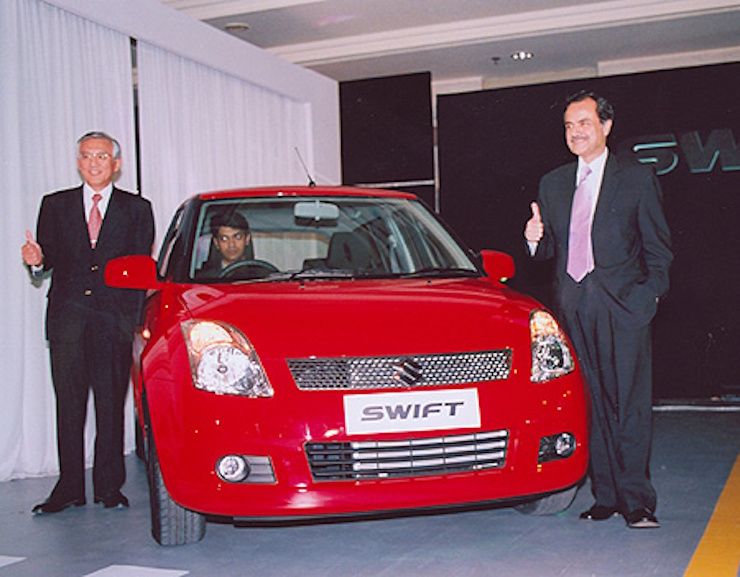
The first-generation Swift made waves the moment it hit showrooms. With its European-inspired silhouette, curvy profile, and low-slung stance, it stood apart in a sea of conservative designs. Under the hood, a lively 1.3-litre petrol engine borrowed from the Esteem delivered a punchy 86 bhp, offering a drive experience unlike anything else in its class.
In 2007, Maruti Suzuki added a diesel option powered by Fiat’s trusted 1.3-litre Multijet engine. Fuel-efficient and torquey, it made the Swift even more appealing in an increasingly cost-conscious market. Sales skyrocketed. Within less than two years, the Swift had already crossed the 2 lakh mark. By 2010, half a million units had been sold.
Recognition followed swiftly. The Swift took home the first-ever Indian Car of the Year (ICOTY) award in 2006, with judges lauding its balance of affordability, performance, practicality, and flair.
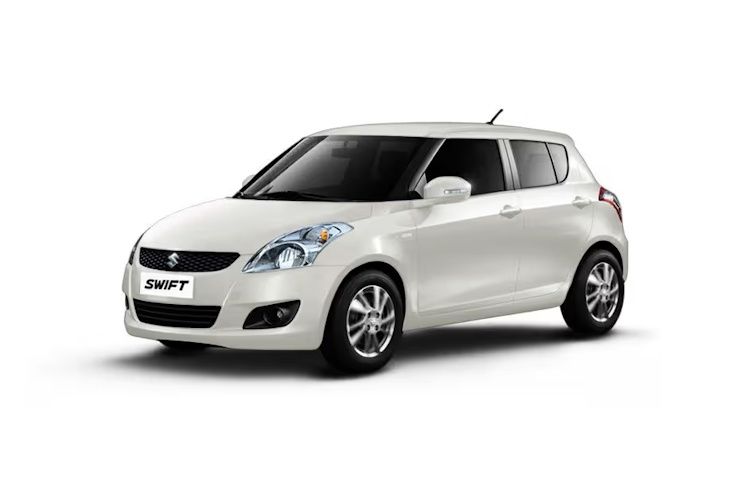
Rather than reinventing the wheel, the second-generation Swift refined the winning formula. It was slightly larger, more spacious, and crucially, lighter. A new 1.2-litre K-Series petrol engine replaced the older unit, improving fuel economy without dulling the drive.
Inside, quality and comfort received a marked boost. Better materials, more thoughtful ergonomics, and added features [like split-folding rear seats] made it a more complete package. Safety features also improved, with ABS and airbags finding their way into higher variants.
The Swift made history again by bagging its second ICOTY title in 2012, the first model to do so.

With the third-generation Swift, launched in 2018, Maruti Suzuki embraced the demands of a more tech-savvy customer base. Built on the lightweight HEARTECT platform, it brought better performance, efficiency, and safety.
A sportier design was matched by new-age features like a touchscreen infotainment system, automatic climate control, and push-button start. The introduction of Auto Gear Shift (AGS) widened its appeal, accounting for over 20% of sales in the following years.
By 2019, the Swift achieved what no other car in India had: an ICOTY win for all three generations. It was a rare feat that underscored both its popularity and relevance.
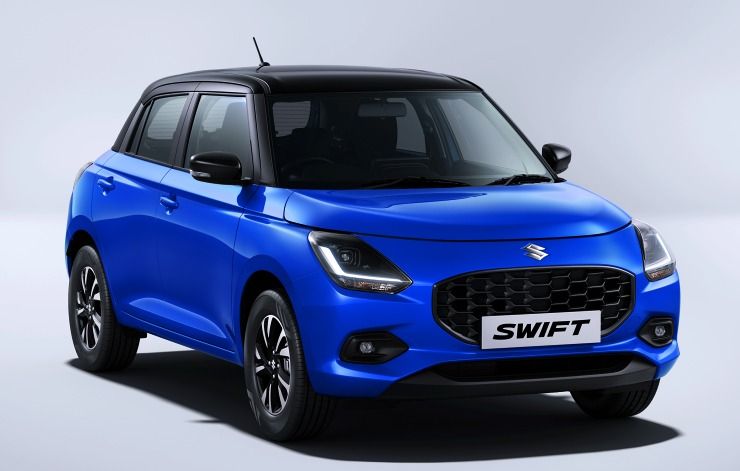
Now in its fourth generation, the Swift continues to evolve. Its new Z-Series 1.2-litre three-cylinder engine is tuned for better fuel economy, offering up to 25.75 km/l while retaining the sprightly nature that defined earlier models.
The 2024 Swift brings six airbags as standard, along with electronic stability control, a 9-inch touchscreen with wireless Android Auto and Apple CarPlay, wireless charging, and over 40 connected features. It’s modern, yet unmistakably a Swift. Maruti’s investment of nearly ₹1,450 crore into its development shows just how central the Swift remains to its strategy.
Within a month of launch, it had already garnered over 40,000 bookings and sold close to 20,000 units, a strong start by any measure.
Sales figures over the years reveal a story of enduring success. It took just 20 months to hit 1 lakh sales. That became 2 lakh in under three years, and 5 lakh by early 2010. In 2013, the Swift passed the 1 million mark. By 2024, the figure had crossed 3 million.
This means nearly one in every ten Maruti Suzuki cars ever sold in India has been a Swift. Even as hatchbacks face pressure from rising SUV demand, the Swift continues to hold over 30% market share in the premium hatchback segment, up from 22% in 2006.
In two decades, the Swift has become more than just a model in a lineup. It has grown into a brand in its own right, an icon of youth, style, and reliability. It’s also become a community. Swift owner clubs which are casually referred to as “Swifters”, exist across India, meeting for drives, road trips, and celebrations.
Maruti Suzuki’s marketing has played its part, with consistent messaging around the Swift’s sporty nature and individuality. The early decision to create a separate team of ‘Energisers’ to sell the car highlighted the brand’s belief in its uniqueness. And nearly one in four Swift buyers returns to buy another one - an impressive mark of brand loyalty.
As SUVs dominate headlines and hatchbacks shrink in share, the Swift’s continued relevance stands out. Maruti Suzuki believes the premium hatchback segment could grow to 1 million units annually by 2030. Given India’s still-nascent car penetration - just 32 cars per 1,000 people - there’s space for growth, and the Swift is well-positioned to ride that wave.
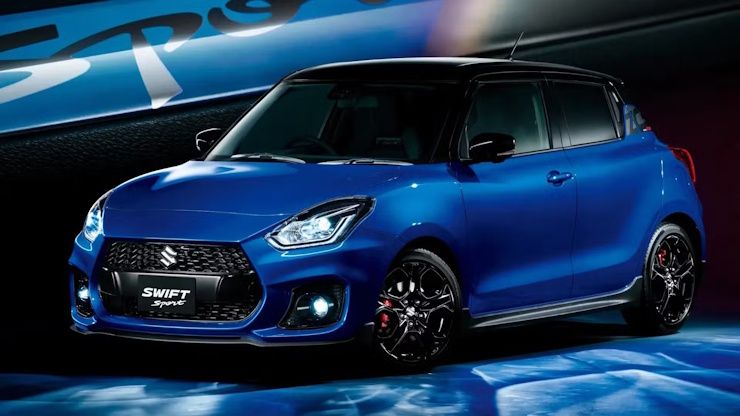
Looking ahead, the Swift has room to push further. A hybrid or electric variant could help meet future regulatory and consumer demands. A sportier version, possibly inspired by the international Swift Sport, could rekindle performance enthusiasts’ interest. And deeper personalisation, better tech integration, and community-building efforts could keep it emotionally resonant in a rapidly changing market.
The Swift’s 20-year journey is not just the story of a successful product. It’s a case study in how to evolve with the times while staying true to your core. With three ICOTY wins, over 30 lakh units sold, and a fiercely loyal fanbase, it has done what few cars can - become a part of everyday life without ever becoming ordinary.
As India’s automotive market continues to shift, the Swift still holds a mirror to the changing aspirations of its people. If Maruti Suzuki continues to innovate with the same clarity of purpose, the Swift’s next chapter could be just as impactful as its first.